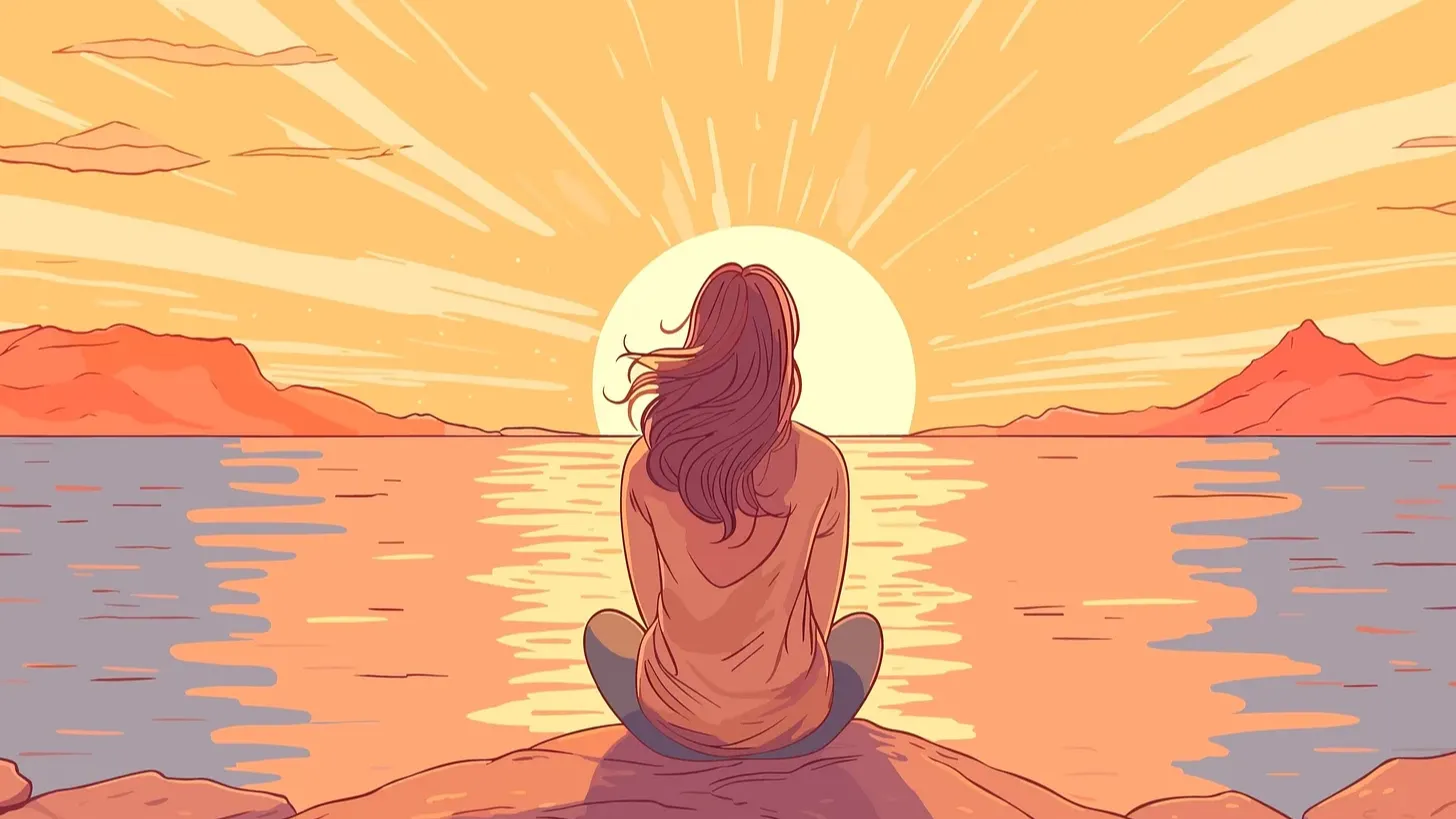How to Navigate Creative Incubation

For the past year or so, I’ve been at a creative impasse.
I’ve always had an instinct for shifting winds, and usually feel a sense of excitement when I can tell that one creative avenue is coming to a close, while another is quietly opening for me.
Lately, though?
It’s maddening how slow the process of creative incubation has been for me this time. Where I want to hear the thunderous insights of inspiration…crickets. Where I want to see new ideas take shape in my mind’s eye… nothing.
Creative incubation, of course, isn’t a new idea.
James Webb Young called it “unconscious processing”. Henri Poincaré called it “incubating the subliminal self”. Even T.S Eliot got in the mix, dubbing this working-but-not-working time as “idea incubation”.
In not-so-poetic words:
Sit tight, buttercup. You’re up to something, even if it seems like you’re not.
It’s a nice reminder.
All creatives I know understand in their bones that “working” can often look from the outside as just “staring at the wall”, or even going to the grocery store to buy bananas or reorganizing the entirety of one’s closet. Working doesn’t always mean actively working — it can also mean that the creative wiring is getting connected beneath the surface and your body is just along for the ride.
It’s quiet, non-negotiable work, not unlike our conversation about creative seasons recently.
But there’s a unique layer to this concept of idea incubation that’s worth exploring, especially if you’re a modern creative on the Internet today, and (very likely) primed to accidental states of hustle, overwork, or feeling like you need to constantly be performing about your creative work online.
Namely, how do we embrace idea incubation without stoking the parts of ourselves that don’t feel comfortable at rest?
That we need and enter stages of creative incubation is a fact. But how much do we lean on the idea of it just to feel like we’re doin’ something because rest feels hard?
I watched Dead Poets Society over the weekend, and was struck by how much the process of enlivened creativity keeps me feeling like me. (“Enlivened” meaning, I’m actually in the process of doing something that feels creatively fulfilling, rather than being in the liminal space of incubating ideas.)
As John Keating* says, (played by Robin Williams):
“We don't read and write poetry because it's cute. We read and write poetry because we are members of the human race. And the human race is filled with passion. And medicine, law, business, engineering, these are noble pursuits and necessary to sustain life. But poetry, beauty, romance, love, these are what we stay alive for.1
But what if it’s not just the products of creativity that keeps us alive — but the process of creating them?
I’d argue that there’s just as much beauty and passion in science, but the fact remains that creativity makes us feel human. And while we logically and emotionally understand that creative incubation is equally important to active creativity, it’s typically during these periods of incubating that we feel the most unease — or even the most unlike ourselves. It’s the liminal space, the messy middle, the swampy bit where we can’t quite tell up from down anymore.
Maybe this is because we suck at resting. Or maybe it’s because as creative people, we crave the processes through which we become more of ourselves. I’ve always believed that creativity isn’t there to help us make things, rather to help us make wings to reach the versions of ourselves that we long to become.
It’s as though creative people are like plants, with our roots connecting to the dirt of our creative pursuits, pulling necessary nutrients from the process. And when the process isn’t happening, it can feel like a form of creative starvation.
Maybe this is why some people like to chase inspiration with a club** — because anything has to feel better than waiting for your next breath of creative air.
I love to leave you each Tuesday with some clear answers or avenues to explore for yourself, but this week, but instead I’m going for the both/and approach. When it comes to how or whether you explore creative incubation and your well being, you get to choose your own adventure.
Sometimes it’s good to hunt down inspiration and not wallow in a swamp of creative sadness.
Sometimes it’s good to remind yourself that, despite nothing happening on the outside, so much is still happening within you — and you’ll likely see those shifts soon enough.
And sometimes, it’s good to push your discomfort and let yourself be fully whole — with or without your creative work (either passively or actively) scaffolding who you are.
All three are true. Which feels best for you right now?
To wrap up, I wanted to leave you with some words from playwright and poet, David Walcott:
The time will come
when, with elation,
you will greet yourself arriving
at your own door, in your own mirror,
and each will smile at the other’s welcome,
and say, sit here. Eat.
You will love again the stranger who was your self.
Give wine. Give bread. Give back your heart
to itself, to the stranger who has loved you
all your life, whom you ignored
for another, who knows you by heart.
Take down the love letters from the bookshelf,
the photographs, the desperate notes,
peel your own image from the mirror.
Sit. Feast on your life.
—
We could all stand to give a little more love to the stranger that is our self.
*It’s not a coincidence that Robin Williams and I share the name Keating! 😉
**Thank Jack London for this gem.


